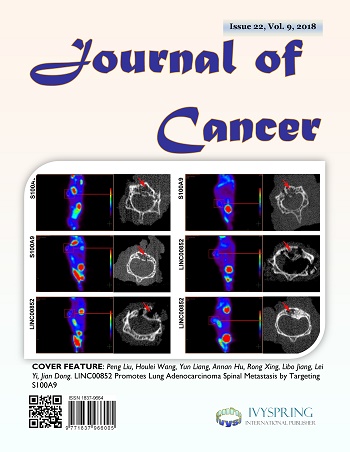
“Cannabis users have long reported therapeutic properties of the plant for a variety of conditions, some of which include nausea, emesis, seizures, cancer, neurogenic diseases and pain control. Research has elucidated many cannabinoid pharmacodynamic and pharmacokinetic properties, expanding the potential use of cannabinoids as a medical therapy.
Due to the inconsistent delivery and control of the active components involved with smoking, pharmaceutical companies are investigating and prioritizing routes other than smoke inhalation for therapeutic use of cannabinoids. In this relatively new field of pharmaceutical development, ongoing drug development promises great benefit from targeted endocannabinoid receptor agonism.
Available in Canada and Europe, nabiximols, a specific extract from the Cannabis plant, has demonstrated great benefit in the treatment of pain related to spasticity in multiple sclerosis, cancer and otherwise chronic pain conditions.
The cannabidiol oral solution Epidiolex®, which is available in the USA, is indicated for management of refractory epilepsy but may offer therapeutic relief to chronic pain conditions as well.
Current investigative drugs, such as those developed by Cara Therapeutics and Zynerba Pharmaceuticals, are synthetic cannabinoids which show promise to specifically target neuropsychiatric conditions and chronic pain symptoms such as neuropathy and allodynia.
The objective of this review is to provide clinicians with an update of currently available and promising developmental cannabis pharmaceutical derivatives which may stand to greatly benefit patients with otherwise difficult-to-treat chronic conditions.”
https://www.ncbi.nlm.nih.gov/pubmed/30721403
https://link.springer.com/article/10.1007%2Fs40122-019-0114-4









